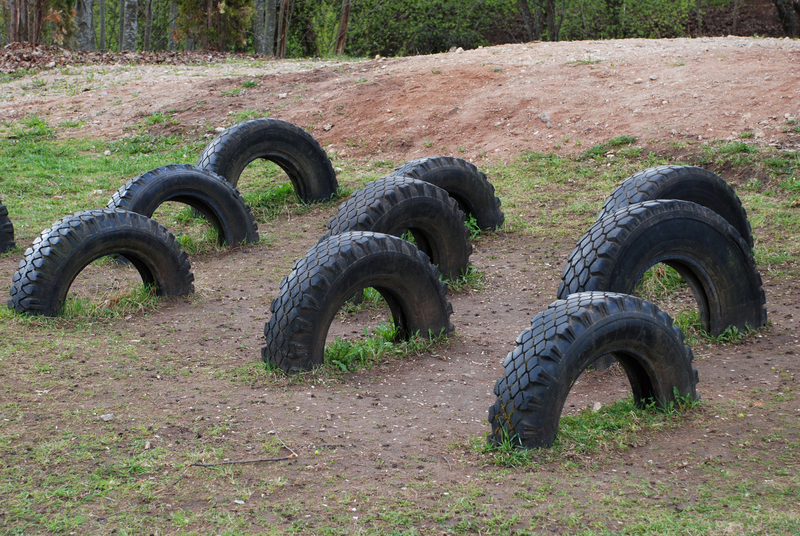The Growing Concern of Space Waste
Space, the final frontier. It has always been a source of fascination and exploration for humanity. Yet as we continue to venture further into the depths of space, we are also leaving behind a growing problem: space waste. From abandoned satellites to discarded rocket parts, our cosmic playground is becoming cluttered and contaminated with man-made objects. This raises the question, what impact is this having on our future in space? And more importantly, what can be done about it?

The Impact of Space Waste
The issue of space waste may seem insignificant when compared to larger global issues, but its impact should not be underestimated. Currently, there are over 8000 tonnes of space debris orbiting the Earth, consisting of everything from tiny paint flecks to large pieces of rocket debris. In addition to being an eyesore and hindering our view of the stars, this debris poses a serious threat to both current and future space missions.
One major concern is the potential collisions between space debris and operational spacecrafts. Even a small piece of debris traveling at high speeds can cause significant damage to a satellite or spacecraft. This not only puts multi-million dollar investments at risk but also jeopardizes important scientific research and communication systems that rely on these assets.
Furthermore, as more debris accumulates in Earth's orbit, it increases the chances of collisions between objects themselves. This creates a cascading effect known as the Kessler Syndrome, where one collision creates more debris that leads to even more collisions, making certain orbits unusable for decades or even centuries.
Moreover, as humanity continues to explore outer space and potentially colonize other planets, the presence of space waste will become an increasingly pressing issue. We cannot simply leave our trash behind and expect it to have no consequences on our future ventures into space.
The Need for Action
Recognizing the urgency of this issue, many organizations and governments have taken steps to address the problem of space waste. For instance, in 2007, China successfully destroyed one of their own defunct weather satellites to demonstrate their anti-satellite capabilities. However, this action also created thousands of new pieces of debris that will remain in orbit for hundreds of years.
In recent years, there has been a push for more sustainable practices in space, such as designing satellites to burn up upon re-entry into Earth's atmosphere or using solar sails to maneuver out of orbit after their mission is complete. NASA has also developed a tool called the Debris Assessment Software (DAS) that helps satellite operators avoid potential collisions with space debris.
Another proposed solution is active debris removal, where specialized spacecraft would retrieve and remove larger pieces of debris from orbit. While this is a promising idea, it is still in the early stages of development and faces challenges such as high costs and technological limitations.
The Pros and Cons
The issue of space waste and its potential solutions come with their own set of pros and cons. On one hand, addressing this issue now will help prevent further contamination of our cosmic environment and ensure safer future missions into space. It also presents opportunities for job creation in the development and implementation of new technologies.
However, these efforts also require significant financial resources and cooperation from various nations and organizations. In addition, there are concerns about the militarization of space through anti-satellite weapons and the possibility of using active debris removal as a cover for sabotage or spying activities.

Tips and Takeaways
As individuals, we may feel powerless when it comes to solving the issue of space waste. However, there are some simple steps we can take to contribute towards a cleaner cosmic playground:
o Support companies and organizations that prioritize sustainability in space.
o Educate ourselves on responsible practices for satellites and spacecrafts.
o Stay updated on the latest developments and initiatives addressing space waste.
o Reduce our carbon footprint to minimize the need for frequent rocket launches.
As for governments and organizations, it is crucial that they work together to establish regulations and guidelines for responsible space activities. This will require international cooperation and a shift towards more sustainable practices in the aerospace industry.
Conclusion
The issue of space waste is not one that can be ignored or postponed any longer. It requires a collective effort from all stakeholders - individuals, governments, and organizations - to address this problem before it becomes even more devastating. By taking action now, we can ensure a cleaner and safer cosmic playground for generations to come. Let's clean up our mess and pave the way for a sustainable future in space.
